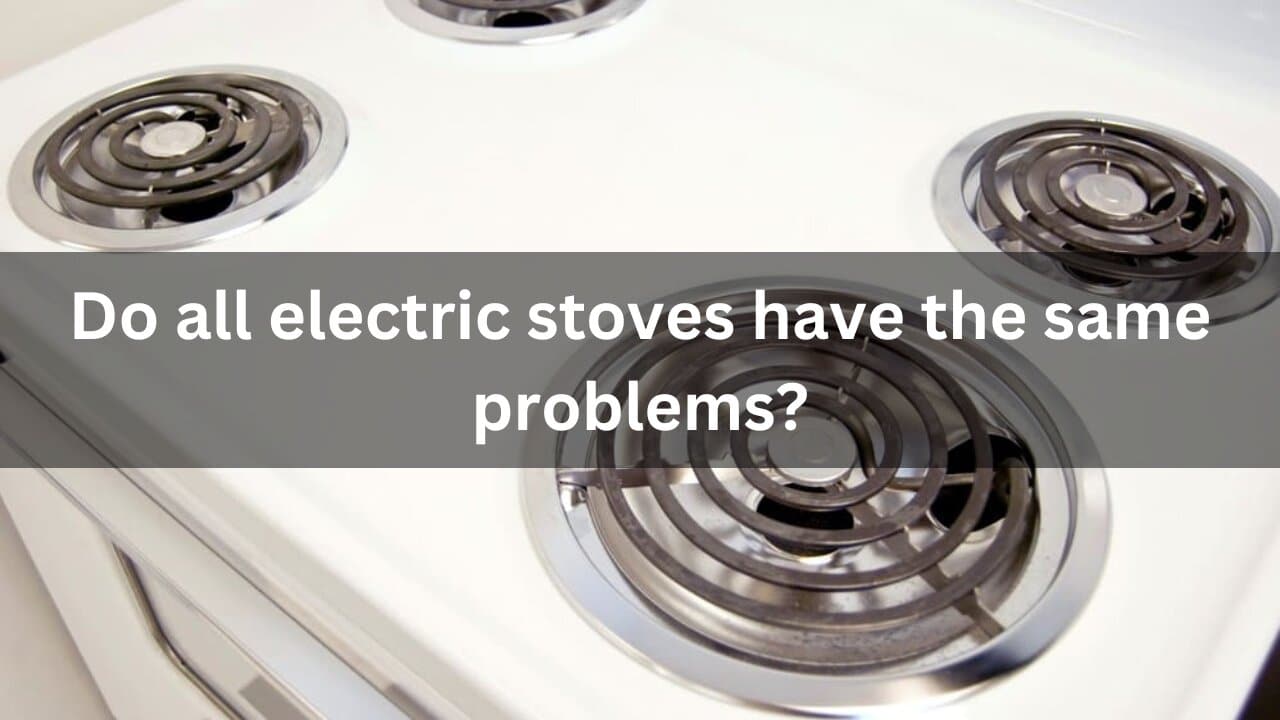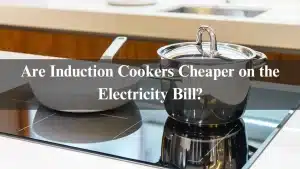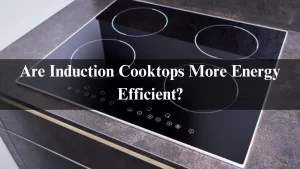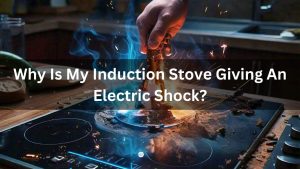Imagine this: You’ve just moved into a new apartment, and the sleek, shiny electric stove is one of the first things you’re eager to use. You picture effortlessly whipping up delicious meals, only to discover that, instead of a seamless cooking experience, you’re facing an array of frustrating issues. You may start to wonder: do all electric stoves share these problems, or is it just a case of bad luck with your particular model?
In this article, we’ll dive into whether electric stoves are universally plagued by the same issues or if these problems vary by brand and model. I’ll share my own journey with electric stoves, providing insights and tips from years of experience with different units. By the end, you’ll have a thorough understanding of common problems associated with electric stoves and how to navigate them.
Table of Contents
What are the Common Problems with Induction Stoves?
Induction cooking is precise and energy-efficient, but there are a few issues users often encounter.
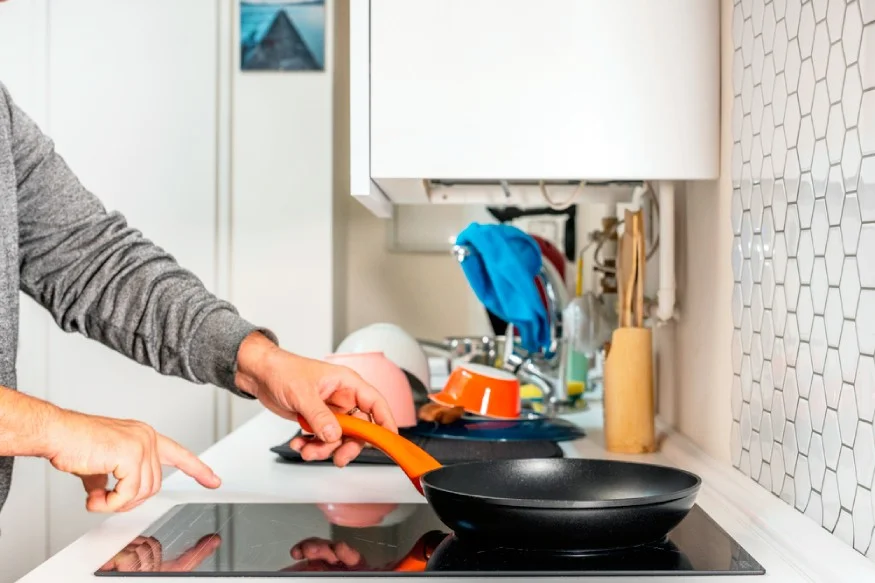
Uneven Heating
Induction stoves heat rapidly but can have uneven heat distribution, affecting cooking quality.
- Cause: Inconsistent contact between the pot and stove surface, or an incorrect pan size.
- Solution: Use flat, magnetic cookware that covers the induction zone for even heating.
Cookware Compatibility
Since induction relies on magnetic currents, only specific cookware types work.
- Solution: Use cookware with a magnetic base. Test by placing a magnet at the base—if it sticks, it’s compatible.
Sensitive Touch Controls
Touch controls can be activated by spills or light touches, which might interfere with cooking.
- Solution: Keep the controls dry and use the lock function if available to prevent accidental changes.
No Response to Touch
Sometimes, the controls may become unresponsive, interrupting your cooking flow.
- Solution: Clean the touch panel, check power connections, and refer to the user manual for any reset procedures.
What are the Common Problems with Electric Stoves?
Electric stoves—whether coil, smooth-top, or induction—have their own sets of challenges.
Uneven Heating
Uneven heating is common and can result in undercooked or overcooked areas.
- Cause: Damaged heating elements or improper cookware positioning.
- Solution: Regularly inspect and replace damaged elements, and ensure cookware sits flat.
Slow Heating
An electric stove taking longer to heat up can be frustrating.
- Cause: Faulty heating elements or power supply issues.
- Solution: Inspect the wiring and replace any weak heating elements.
Inconsistent Temperature
Temperature fluctuations can make precise cooking difficult.
- Cause: Faulty thermostat or control knobs.
- Solution: Test and replace control knobs or consult a technician for thermostat repairs.
Power Surges
Electric stoves are vulnerable to power surges, which may damage internal components.
- Solution: Use a surge protector and have your wiring checked if power issues occur frequently.
Detailed Comparison of Common Electric Stove Problems
To give you a clearer picture, here’s a comparison table highlighting common problems, their causes, and solutions:
| Problem | Possible Causes | Solutions |
| Uneven Heating | Poor quality of heating element, uneven burners | Regular cleaning, invest in better technology |
| Slow Heating | Faulty heating element, inadequate power supply | Check connections, replace heating element |
| Inconsistent Temperature | Faulty control knobs, malfunctioning thermostat | Test controls, replace faulty components |
| Power Surges | Electrical faults, power supply issues | Use surge protectors, check home wiring |
Why Electric Stoves Have Different Issues?
Electric stoves come in various types, each with unique issues:
- Coil Burners: Durable but prone to wear over time.
- Smooth-Top Stoves: Susceptible to scratching and burnt-on stains.
- Induction Stoves: Need specific cookware and can produce clicking noises.
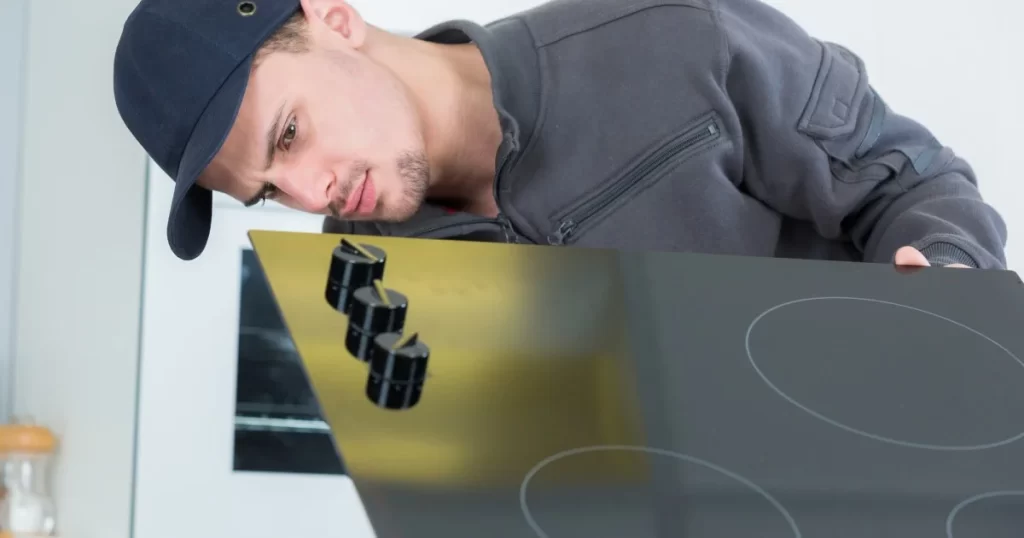
Understanding these differences can help you choose the right stove and manage its upkeep.
| Type of Electric Stove | Common Issues | Pros |
| Coil Burner | Uneven heating, difficult to clean | Affordable, durable |
| Smooth-Top | Hotspots, scratches easily | Sleek design, easy to wipe clean |
| Induction | Requires specific cookware, clicking noise | Fast, energy-efficient |
Troubleshooting Tips: Resetting Your Induction Stove
If your induction stove stops working, a reset might resolve the issue. Follow these steps:
- Unplug the stove from the power source.
- Wait Five Minutes to allow the system to reset.
- Reconnect it and test.
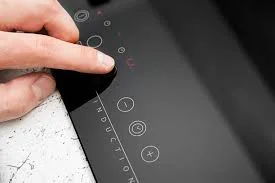
If issues persist, consult your manual for a factory reset or contact customer support.
Preventing Problems with Electric and Induction Stoves
Routine maintenance keeps your stove efficient and prevents issues:

- Clean Regularly: Remove spills promptly to avoid buildup.
- Use Proper Cookware: Flat, magnetic cookware for induction; flat-bottomed for smooth-tops.
- Handle with Care: Avoid dragging heavy cookware to prevent scratching.
- Protect Power Supply: Use a surge protector to prevent power-related damage.
6. Final Thoughts: Pros and Cons of Electric and Induction Stoves
Induction and electric stoves each offer advantages and disadvantages, but with regular care, you can enjoy their convenience without interruptions.
Pros of Induction Stoves
- Rapid heating and precise temperature control
- Sleek, easy-to-clean design
Cons of Induction Stoves
- Requires compatible cookware
- Sensitive controls
Pros of Electric Stoves
- Affordable and versatile
- Durable coil options for heavy-duty cooking
Cons of Electric Stoves
- Slower heating and less temperature control than induction
With these solutions and preventive tips, you’re ready to make the most of your electric or induction stove.
Related Articles:
What Is The Biggest Problem With Induction Cooktops? 2024
Why Is My Induction Stove Giving An Electric Shock? Latest Info 2024
Why Do Induction Stoves Work Poorly In Low-Power Settings? Info 2024
Conclusion
In summary, electric stoves offer benefits like ease of use and a sleek design, but they come with challenges such as uneven heating, slower response times, and maintenance issues. These problems often depend on the brand, model, and upkeep of the stove.
By understanding these common issues, you can make informed choices when selecting and using an electric stove. Regular maintenance and investing in quality appliances help reduce these concerns. Consider your cooking needs and preferences to decide if an electric stove is right for you.
With proactive care, you can overcome these challenges and ensure your electric stove remains a reliable, effective kitchen tool.
FAQs
How do I know if my cookware is compatible with induction?
Hold a magnet to the base—if it sticks, it’s induction-compatible.
Why is my induction stove making a clicking noise?
Induction stoves naturally produce a clicking sound as they cycle power, especially at lower temperatures.
Can I use a surge protector with my electric stove?
Yes, using a surge protector helps protect against power surges that can damage internal components.
What’s the best way to clean my induction cooktop?
Use a soft cloth with a non-abrasive cleaner to keep your cooktop in good condition without scratches.

